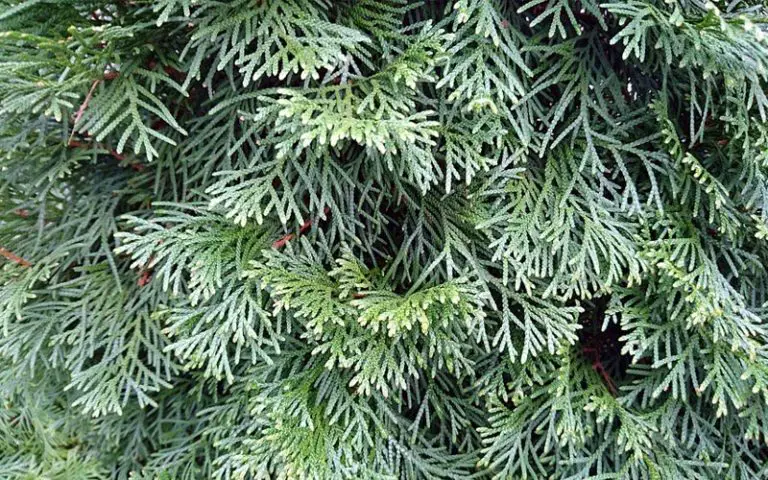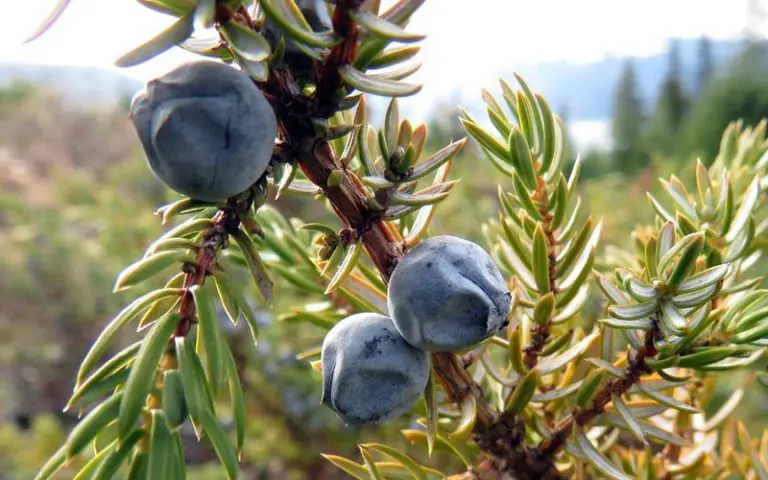How to identify a Juniper bonsai

The United States Department of Agriculture (USDA) has divided the United States into nine different temperature zones through zone 2–10. Each zone’s temperature is separated by a 10°F difference and is again divided into sub-zones separated by a 5°F difference.
You may be wondering why our article has started with this mouthful of unusual information, so we’ll get straight to the point. There’s probably no tree that can grow naturally in so many temperate types of climate in the Northern hemisphere than the juniper.
Also known as cedar or cypress, juniper boasts around 60 different species, ranging from low groundcovers to full-size trees that can grow as tall as 130 feet. Species from this member of the cypress family can grow in climates from arctic to desert.
The juniper species is a winner in your home environment because of its simplicity to grow, hardiness, and attractiveness all year round. These features have naturally caught the attention of bonsai enthusiasts, as they are an ideal plant to miniaturize.
We’ll look at juniper tree varieties and provide hints on identifying these trees for bonsai purposes best.
Identifying a Juniper Tree
Juniper varieties come in a mixture of shades—from dark to silvery greens through blue, bronze, and gold colors. As a coniferous evergreen plant, juniper leaves start rough, prickly, and needle-like, then soften as they age into flattened and scale-like foliage.
Depending on which species you choose, junipers can display an upright, weeping, or spreading tendency.
Types of Juniper Trees
Let’s look at some of the more common types of juniper that are suitable for bonsai purposes.
Eastern red cedar
Typically found in eastern North America (USDA zones 2 to 9), eastern red cedar is a fragrant type of juniper with dark green-blue foliage and bark that’s gray to reddish-brown.
California juniper
In its natural form, California juniper is a favorite for making wildlife habitats and drought-tolerant scenery in the Southwest U.S. It features scale-like blueish-gray leaves and reddish-brown cones. This juniper grows in USDA zones 8–10 and is ideal for bonsai purposes.
Common juniper
The common juniper, which grows in zones 3–8, is seldom made into a bonsai, although it serves well as one. These plants have only needles (no scales), are very hardy, become old, and need little upkeep. As a bonsai, this tree needs plenty of light and should stand in the sun.
Creeping juniper
Working well as a groundcover, many varieties of creeping juniper have yellow foliage and produce blue-white berries. This plant grows well in full sun in USDA zones 3–9.
Greek juniper
Greek juniper is a hardy tree that grows in zones 5–9 and can reach 20 to 65 feet tall when in full sun. Sometimes developing massive trunks—up to 6 feet in diameter—the Greek juniper has green-gray foliage and blue-purple berries. Imagine a tree of that description in bonsai form.
Juniper Tree Cones
A valuable method of perfecting the identification of junipers is by looking at their cones. Male trees produce cones that are small and either tan or yellow. The females produce colorful berries that are mutated cones. Berries from the Northwest species turn blue at maturity, and others have red berries.
Juniper Tree Bark
The bark of a juniper tree is typically appealing to the eye. Some varieties have strangely twisted branches which gives them a unique ornamental appeal for bonsai. The wood on some species is characteristically very pleasant smelling which is how many identify juniper trees.

Final Thoughts
We trust that this short discussion has given you some insight into juniper identification and hopefully encouraged you to grow one or more of your own.







